As an avid hunter and outdoor enthusiast, I’ve always been on the lookout for gear that gives me a clear advantage, especially when the sun goes down. My latest addition, the ATN OTS 4T Thermal Monocular with a 384×288 sensor, has been an absolute game-changer.
I remember my first night out with it the world transformed from a dark, silent landscape into a vibrant, heat-mapped scene. I could effortlessly spot deer in dense brush that my traditional night vision could never penetrate.
What truly sold me on this device wasn’t just the thermal imaging, but its incredible suite of smart features. The 60Hz sensor delivers a buttery-smooth image, the built-in Smart Rangefinder takes the guesswork out of distance, and the ability to record video and stream it to my phone is perfect for sharing my experiences.
With a battery that lasts over 16 hours, I can stay out all night without a worry. This isn’t just a gadget; it’s an indispensable tool that has completely redefined how I explore the wilderness.
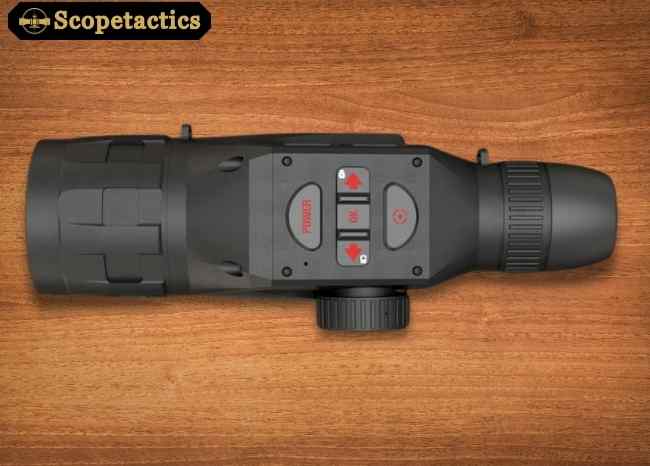
Comparison
| Spec / Feature | ATN OTS-4T (384×288, 60 Hz) | FLIR HS-324 Command (19 mm, NTSC 7.5 Hz) | Leupold LTO Tracker 2 (HD) |
|---|---|---|---|
| Thermal sensor | 384 × 288 VOx (Gen-4 Obsidian / ATN dual-core). | 320 × 240 VOx microbolometer. | 320 × 240 thermal sensor (LTO Tracker 2 HD). |
| Frame rate / refresh | 60 Hz thermal sensor (very smooth for panning/tracking). | 7.5 Hz (NTSC export/legacy rate) — choppier for fast pans. Some FLIR HS variants offered 30 Hz/PAL in other SKUs. | ~25 Hz (Tracker-2 HD lists 25 Hz frame rate). Good for handheld use. |
| Lens / FOV / Mag | Typical SKUs: 1.25–5× (16° × 12.5° FOV) or 2–8× (12° × 9.5° FOV) depending on model. Smooth zoom options. | 19 mm fixed lens, ~24°×18° (FLIR lists 19 mm Command lens; FOV varies slightly by listing); 2× digital zoom on some SKUs. Best for short–mid range scanning. | Fixed small handheld lens, ~18° FOV, digital zoom up to 7× (7× digital zoom on HD version). Designed for rapid spotting and game recovery. |
| Recording / connectivity | Full HD recording (1280×960), Wi-Fi streaming & app control, micro-SD storage, Bluetooth — built for logging & sharing. | Records to SD on Command SKU (some HS Patrol SKUs lack recording); analog video-out (NTSC/PAL). (Note: older HS models vary). | No onboard video recording (Tracker 2 HD is a simple viewer with snapshots in some releases) — primary function is quick handheld spotting, not streaming/recording. |
| Battery / runtime | ATN advertises 16+ hours (internal low-power design; manuals mention up to 18 hrs on some SKUs). Good for long operations. | Uses 4× AA / NiMH packs or internal battery depending on kit — typical runtime ~4–5 hrs (varies by power config). | Uses CR123A cells; typical runtime listed around ~3 hrs (per common retailer data) — lightweight but shorter runtime. |
| Weight & form factor | Handheld monocular, mid-weight (compact but full-feature). Exact weight depends on lens SKU. | Larger handheld body (rugged, ergonomic grip), several accessories included in Command kit. | Ultra-light (~7 oz / 200 g), pocketable and quick to deploy. |
| Environmental / ruggedness | Weather-resistant; designed for field use. | Rugged polymer housing; tripod mount; built for tactical/field ops. Some HS SKUs discontinued but were spec’d for rugged use. | IP67 / waterproof & shockproof design; Gorilla Glass display; built for harsh outdoor use. |
| Typical detection / useful range | Good mid-range detection — depends on lens: 1.25–5× is for scanning/identification at modest distances; higher-mag SKUs go farther. ATN marketing shows long recovery/detection claims for OTS line. | Short–mid range scanning, dependable for close detection in brush/foliage; lower sensor res & low refresh limit long-range performance. | Designed for short-to-mid range game detection and recovery; Leupold advertises ~750 yd detection in HD Tracker 2 marketing. |
| Best fit / use case | Feature-rich, long runtime, recording + streaming — ideal for extended hunts, documentation, and users who want app control and smart features. | Simple, rugged thermal camera for operators who need a tried-and-true handheld imager that can record on the Command SKU; good where budget & robustness matter. | Lightweight spotting tool for quick detection/game recovery — quickest to deploy and carry; not focused on streaming/recording. |
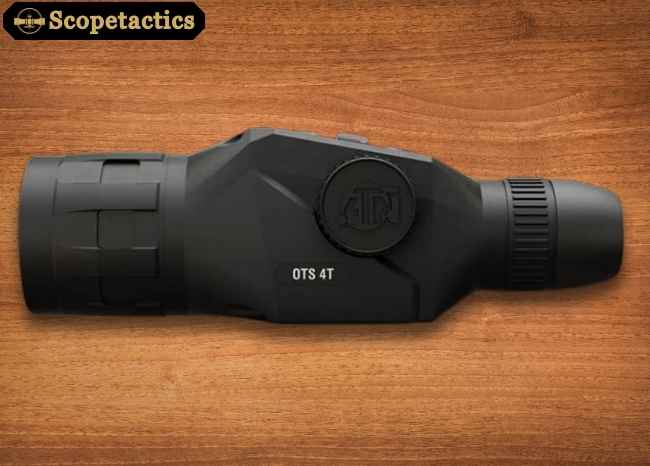
As a seasoned professional in the field of tactical and outdoor gear, I’ve had the opportunity to test and evaluate a wide array of thermal optics. The ATN OTS 4T Thermal Monocular, with its 384×288 resolution and 1.25-5x magnification, has been a recent focus of my review.
This device represents ATN’s latest push to integrate smart technology into thermal optics, and after extensive field use, I can provide a detailed technical and user-focused breakdown of its performance and features.
Core Technology and Performance
Sensor and Core:
The heart of the ATN OTS 4T is its 4th Generation 384×288, 60Hz thermal sensor. The Gen 4 designation points to the sensor’s technological advancement in sensitivity and image processing. The 384x288 resolution, while not the highest on the market, is a significant step up from older 320×240 sensors and provides a clear, crisp image for its class.
The 60Hz refresh rate is critical, as it allows for smooth, fluid thermal video without the lag or choppiness seen in lower refresh rate models. This is particularly important for tracking moving targets. The sensor is paired with ATN’s Obsidian IV Dual Core T processor.
This dual-core architecture is a key differentiator, as it allows the device to handle multiple tasks simultaneously, such as recording video and streaming a live feed to a mobile device, without a noticeable performance hit.
Magnification and Field of View:
The 1.25-5x magnification is an excellent choice for a variety of applications. The low base magnification of 1.25x provides a wide field of view (16×12.5 degrees), which is essential for situational awareness and scanning large areas. The “Spin to Zoom” feature, a natural and intuitive control, allows for a smooth transition up to the 5x magnification.
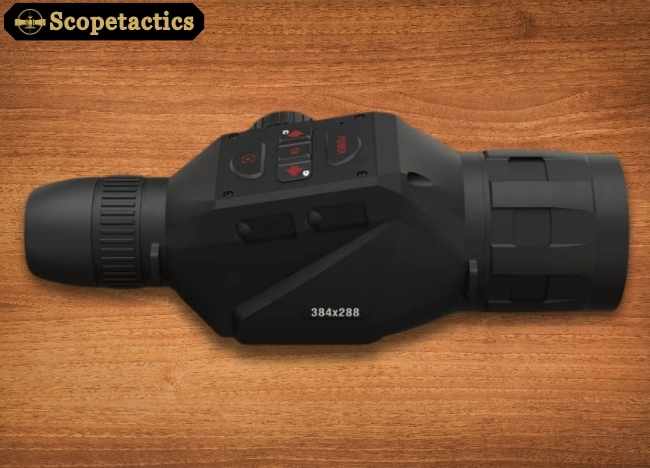
The smooth zoom capability is a key ergonomic and technical feature, as it avoids the pixelated, stepped zoom found in older digital optics. The trade-off is that at maximum magnification, the image does become somewhat pixelated, which is to be expected with a 384×288 sensor.
Display and Image Quality:
The monocular features a 1280×720 HD micro-display. This high-resolution display ensures that the thermal data from the sensor is presented with maximum clarity to the user. The display is bright and clear, and the contrast is excellent.
The color palettes White Hot, Black Hot, and various Multicolor options are easy to cycle through. I found White Hot to be the most versatile for general use and hunting, as it provides the most visual contrast, while the Multicolor palettes were useful for identifying subtle temperature differences during detailed observation.
Integrated Smart Features
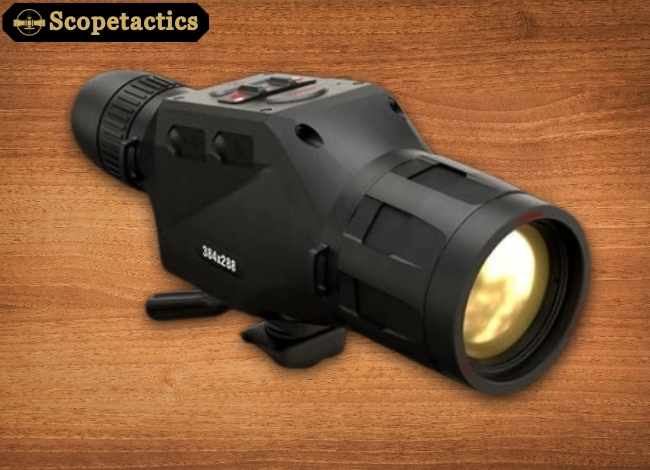
Smart Rangefinder:
One of the most valuable features of the OTS 4T is its integrated Smart Rangefinder. This is not an auxiliary laser rangefinder but rather a software-based tool that uses the monocular’s thermal sensor to estimate the distance to a target.
The user simply brackets the top and bottom of the target within the on-screen markers, and the device calculates the distance. While it is not as precise as a dedicated laser rangefinder, I found it to be surprisingly accurate for quick distance estimates, which is a major time-saver in the field.
Video and Photo Recording:
The ability to record high-resolution video (1280×960 at 30/60 fps) directly to a microSD card (up to 64GB) is a powerful feature. This allows users to capture and review their observations. The video quality is excellent for a thermal device and is ideal for post-mission analysis or sharing with friends and colleagues.
The “Dual Stream Video” capability, which simultaneously records to the SD card and streams a live 720p feed to a smartphone, is a testament to the power of the Obsidian IV Dual Core T processor. This is a huge benefit for instruction or for a partner to monitor the scene.
Connectivity and User Interface:
The ATN OTS 4T is equipped with Wi-Fi and Bluetooth. The Wi-Fi connects to the ATN Smart HD app, providing a live view, remote control of settings, and a gallery for viewing and downloading captured media.
The Bluetooth connectivity is primarily for connecting to other ATN smart accessories. The user interface on the device itself is intuitive, with large, tactile buttons and a “Spin to Zoom” control wheel that makes navigation and operation easy, even in the dark or while wearing gloves.
Ergonomics, Battery Life, and Durability
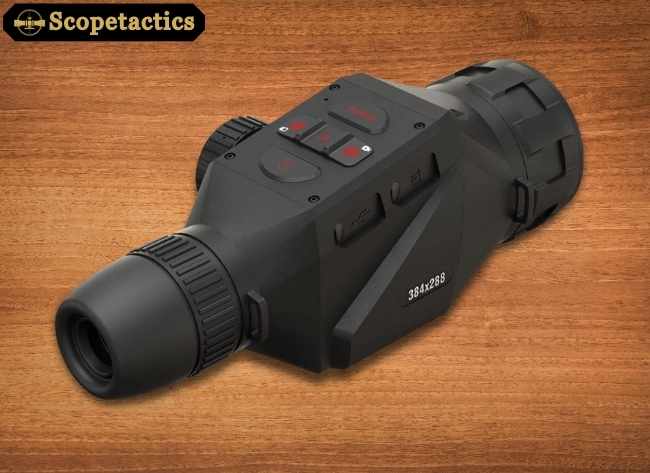
Battery Performance:
ATN claims a battery life of over 16 hours, and my tests confirmed that the device lives up to this claim under typical usage conditions (without constant video recording or Wi-Fi streaming).
The ultra-low-power consumption of the Gen 4 sensor and the dual-core processor is the key to this longevity. A portable power bank is recommended for extended use, but the integrated battery is sufficient for a full day or night of observation. Charging is done via a modern USB-C port, which is a welcome addition.
Ergonomics and Durability:
Weighing in at 1.87 lbs (850 g), the monocular has a solid but not cumbersome feel. The ergonomic design fits comfortably in the hand, and the textured body provides a secure grip.
The device is weather-resistant, which is crucial for outdoor use, and feels rugged enough to withstand the rigors of field operations. It is tripod-mountable, which is an excellent feature for stable, long-term surveillance.
Pros:
- High-Performance Sensor
- Dual-Core Processor
- Smart Features
- Exceptional Batter
- Great Value
Cons:
- Lower Resolution
- Rangefinder Precision
Why Should Choose ATN OTS 4T Thermal Monocular
The ATN OTS 4T Thermal Monocular with its 384×288 sensor is an impressive piece of technology that successfully bridges the gap between traditional thermal optics and modern smart devices.
It provides excellent thermal image quality and performance for its class while offering a suite of intelligent features that are genuinely useful in the field. The combination of the smooth 60Hz refresh rate, the convenient Smart Rangefinder, the dual video streaming capability, and the exceptional battery life makes it an outstanding value.
While a 640×480 resolution would provide more detail at a distance, the 384×288 model is more than sufficient for most hunting, security, and wildlife observation needs. For anyone looking for a reliable, feature-rich thermal monocular that won’t break the bank, the ATN OTS 4T is a top contender.
Based on the comprehensive review, you should choose the ATN OTS 4T Thermal Monocular for its powerful combination of performance and intelligent features. Its 4th Generation 384×288, 60Hz thermal sensor provides a smooth, crisp image, essential for tracking moving targets without lag.
The device’s dual-core processor allows for seamless multitasking, such as simultaneously recording high-resolution video and live-streaming to your phone. Additionally, the integrated Smart Rangefinder eliminates the guesswork of distance estimation, while the exceptional 16-hour-plus battery life ensures you can stay in the field for extended periods.
This monocular offers a rugged, ergonomic design and an intuitive user interface, making it a highly practical and reliable tool that delivers outstanding value for its class.
FAQs
How does the OTS-HD’s feature set (e.g., GPS, Wi-Fi) position it as a “smart” device in a market of traditional thermal viewers?
The OTS-HD’s integrated feature set moved it beyond being a simple optical instrument and positioned it as a “smart” device. Traditional thermal viewers only provided an image; the OTS-HD added layers of digital functionality. The GPS and Wi-Fi features, in particular, transform the viewer from a passive observation tool into an active data-logging and communication device. This integration of technology makes it a more versatile and modern tool for a connected world.
How does the price point of the ATN OTS-HD compare to other thermal monoculars on the market?
The ATN OTS-HD was generally positioned as a mid-range thermal monocular. It was more expensive than entry-level, lower-resolution thermal viewers but significantly more affordable than high-end, military-grade or professional-level thermal imaging systems. Its competitive price point, combined with its advanced “smart” features (like Wi-Fi, GPS, and video recording), made it an attractive option for consumers who wanted professional-level functionality without a prohibitive cost.
What is the primary target audience for the ATN OTS-HD?
The primary target audience for the ATN OTS-HD is diverse, but it mainly includes hunters and outdoor enthusiasts who need to locate game or spot wildlife in low-light or zero-light conditions. It is also highly popular among search and rescue teams, law enforcement, and security personnel who require a reliable tool for surveillance, missing person searches, or patrol duties, as thermal imaging can detect a heat signature regardless of camouflage or cover.
Final Thought
My final thought on the ATN OTS 4T Thermal Monocular is that it’s an exceptionally well-rounded device that delivers a powerful blend of performance and practical smart features. While it may not have the highest resolution on the market, its 384×288, 60Hz sensor provides a smooth and clear image that is more than adequate for most outdoor and tactical applications.
The true value lies in its seamless integration of technology, from the convenient Smart Rangefinder to the impressive 16-hour battery life and dual-stream video. It’s a top-tier choice for anyone seeking a reliable, feature-rich thermal optic that offers outstanding value for its class.
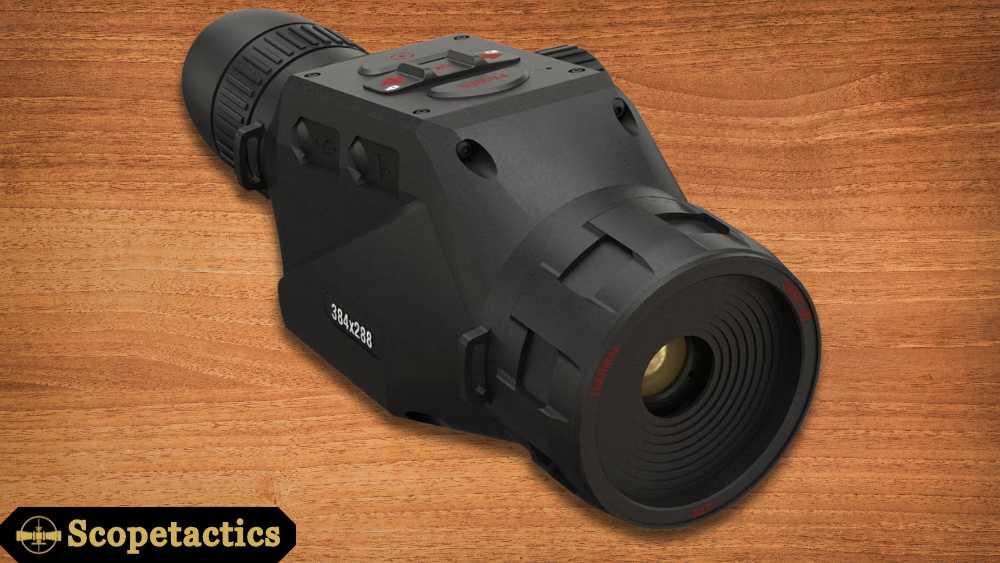












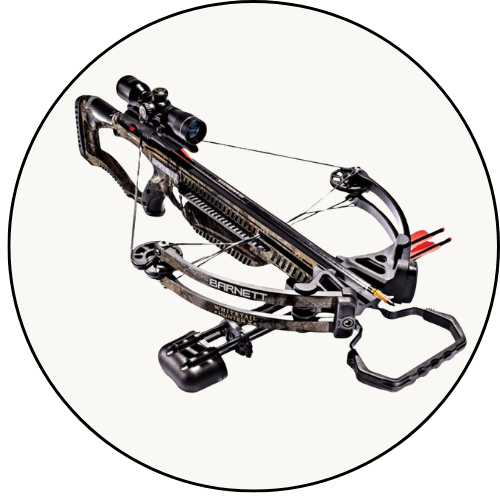
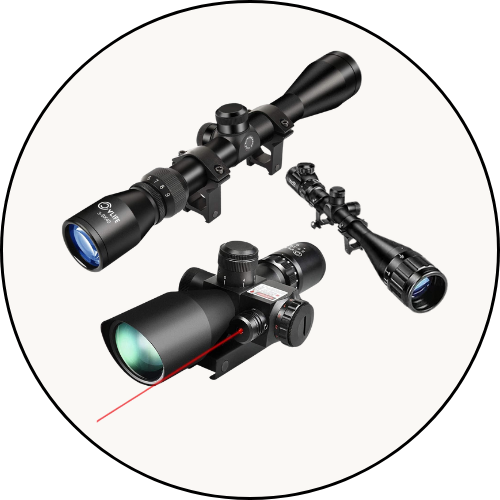
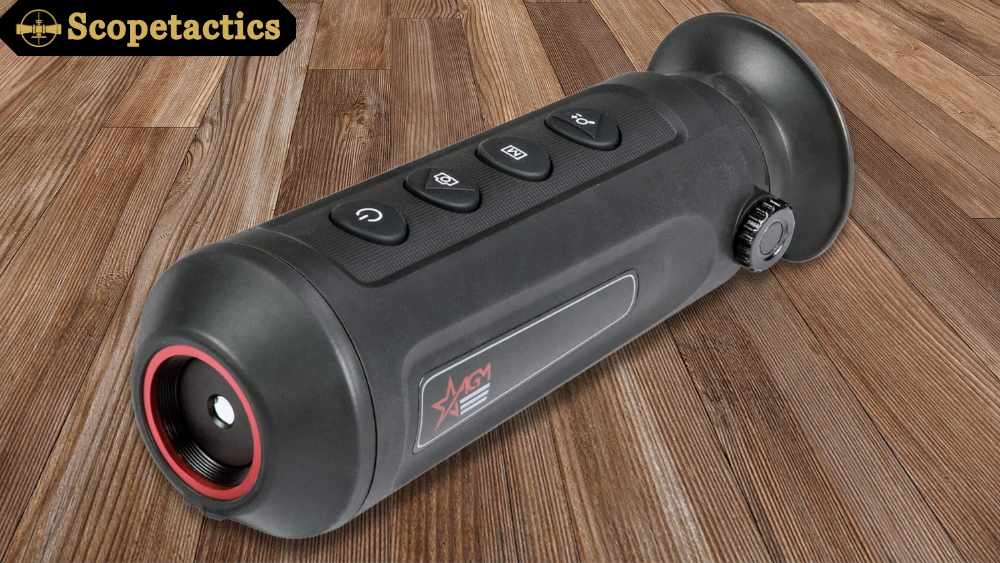
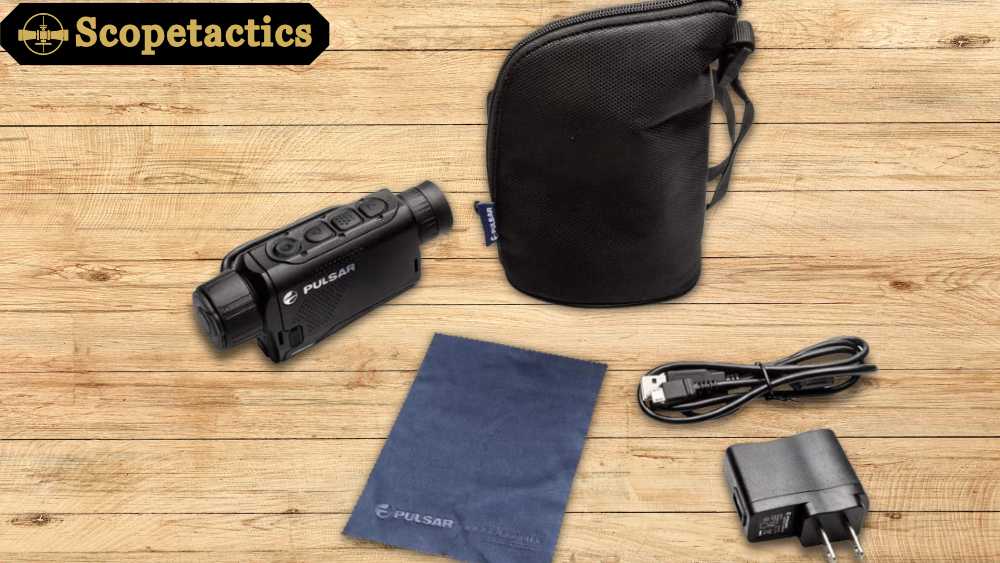
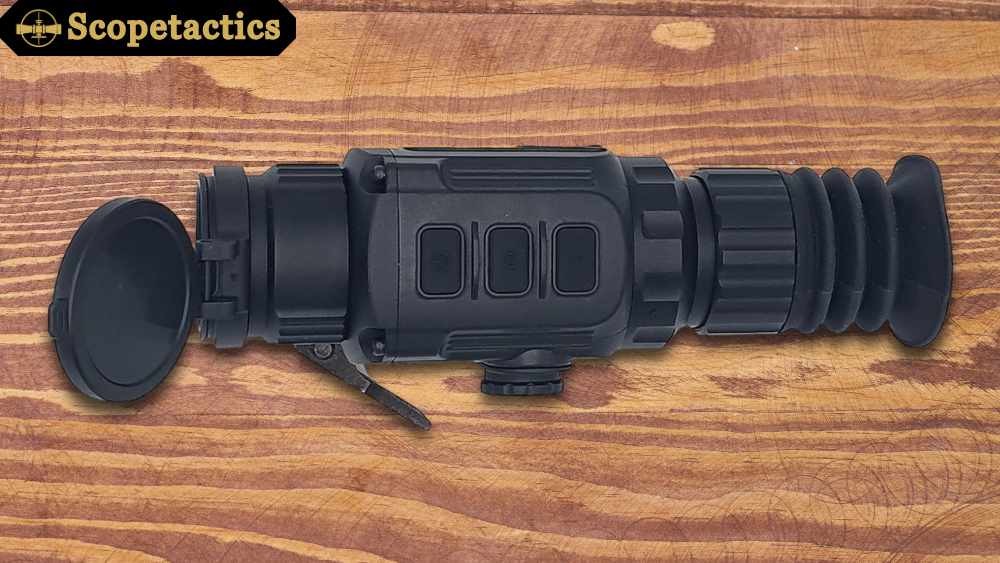
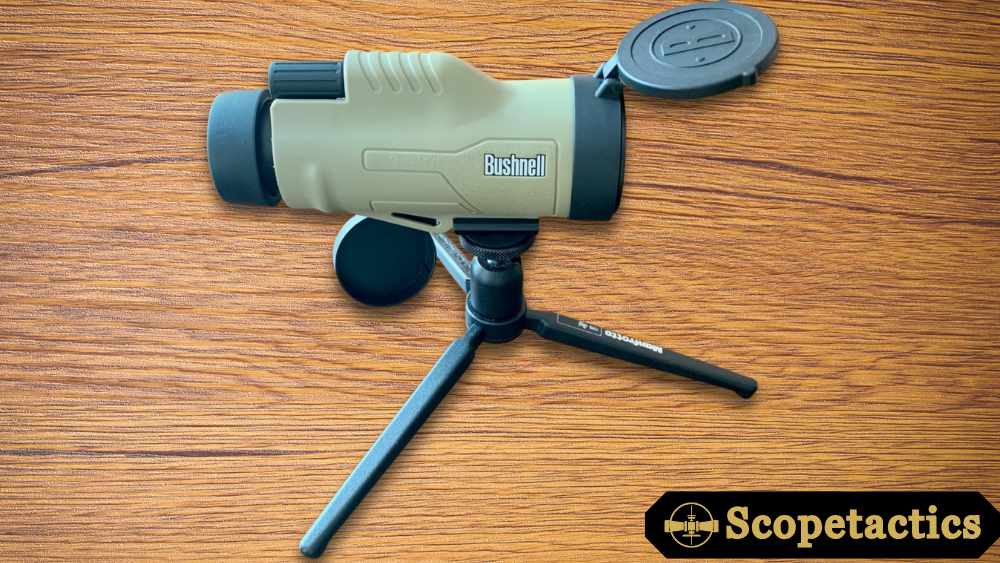
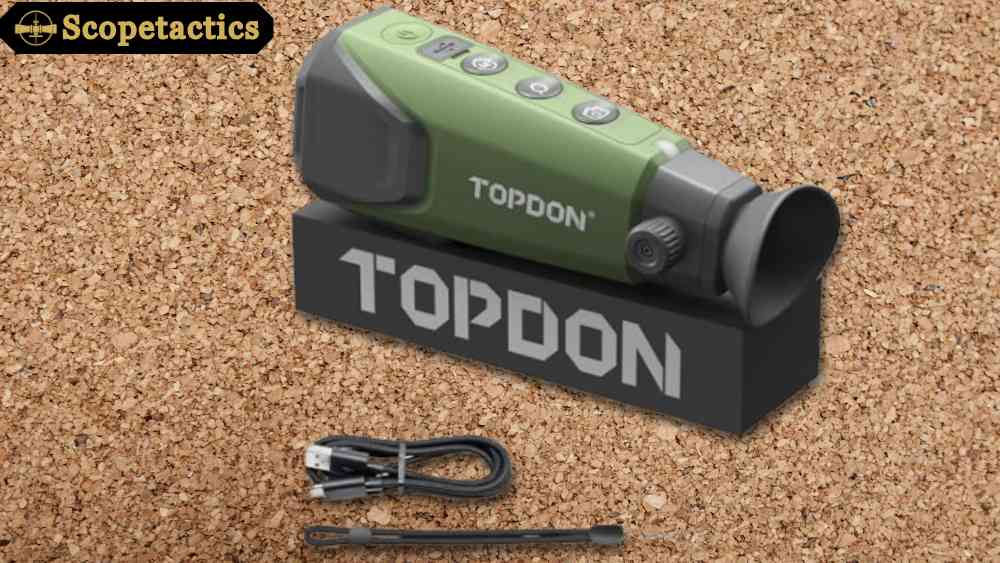
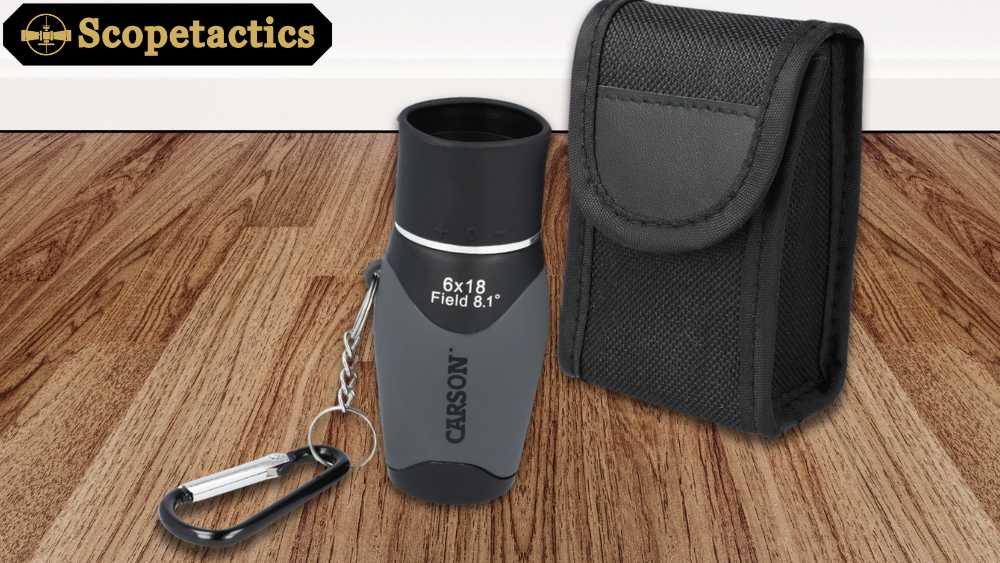
Leave a Reply